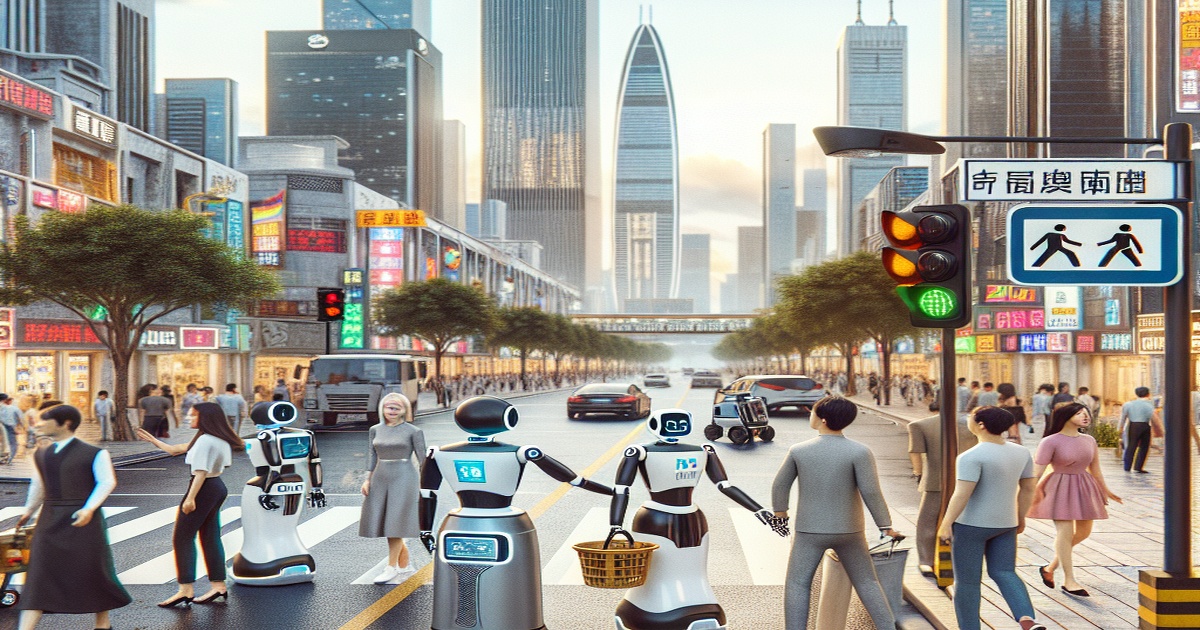Humanoid Robots Take to the Streets of Shenzhen
Shenzhen, a city in South China's Guangdong Province, is witnessing the rise of artificial intelligence (AI) robots in various aspects of daily life. These robots are not only assisting with community work and patrolling streets but also taking on roles in public services and administrative governance.
One notable example is a 1.38-meter-tall humanoid robot serving as a grid-based community worker and police officer in Nanshan district. Powered by DeepSeek's advanced large language models, this robot assists with patrols, inspects streets, and interacts with the public. Another robot, developed by Shenzhen EngineAI Robotics Technology Co., has been deployed in Futian district to enhance administrative efficiency and improve public services.
These robots are equipped with advanced algorithms and capabilities, enabling them to perform complex tasks and interact with humans in a natural way. The PM01 model, for instance, boasts 24 degrees of freedom, allowing for a movement speed of two meters per second and a wide range of complex movements. It also features two walking modes, a mechanical gait and a natural humanoid gait, making its movements more fluid and human-like.
The use of robots in grassroots governance is not new. Previously, a 170-centimeter-tall humanoid robot named SE01, also developed by EngineAI Robotics Technology, went viral for its agile and fluid walking motion. This robot can perform human-like actions such as squatting, push-ups, spinning, grabbing, and running, marking a significant breakthrough in achieving natural human-like walking motion.
The introduction of AI and robots in grassroots governance offers several benefits. It alleviates the human resource burden, allowing personnel to focus on tasks requiring human intelligence and emotional engagement. Additionally, these robots can work around the clock, responding swiftly to emergencies and improving efficiency across various government services.
While some may worry about the potential loss of human warmth with the introduction of AI services, experts emphasize that these models are designed to generate engaging and contextually appropriate responses, enhancing the user experience. As AI technology continues to evolve, its integration into various aspects of our lives is likely to become even more prevalent, offering both challenges and opportunities for the future.







7 Comments
Loubianka
“Kudos to innovation! These robots mean that human workers can focus on tasks requiring emotional intelligence.”
Katchuka
“We’re trading human interaction for robotic efficiency, and that doesn’t sound like progress to me.”
Noir Black
“Investing in AI for public use is fun in theory, but in practice, the risks far outweigh the benefits.”
KittyKat
“The integration of these robots is not about replacing humans but enhancing public services and community well-being.”
Matzomaster
“Imagine the possibilities with 24/7 service—robots can ensure prompt responses in emergencies!”
BuggaBoom
“It feels creepy to have humanoid robots as police and community workers—where’s the accountability?”
Eugene Alta
“Public safety should have a human element—robots may be efficient, but they lack genuine care.”